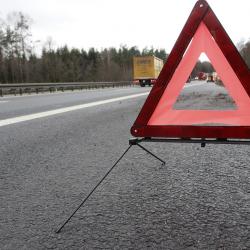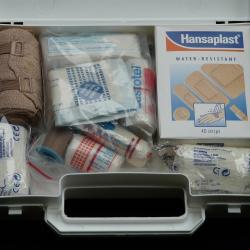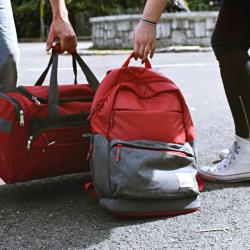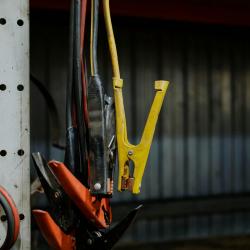Road Trip Safety: How to Handle Emergencies and Unforeseen Situations
Taking a road trip can be an exhilarating way to explore new places and create lasting memories. However, the open road also presents its share of uncertainties. From flat tires to unexpected weather conditions, being prepared for emergencies can make all the difference. This article will guide you through essential tips and strategies to handle unforeseen situations on your road trip.
Pre-Trip Preparations
Before you hit the road, thorough preparation is your first line of defense against emergencies. Here’s a checklist to get you started:
-
Vehicle Inspection: Ensure your vehicle is in top condition. Check the oil levels, brakes, tire pressure, and lights. It's advisable to have a professional mechanic look over your vehicle if you're planning a long journey.
-
Emergency Kit: Assemble an emergency kit that includes items such as a first aid kit, flashlight, batteries, blankets, bottled water, non-perishable food, and basic tools. A portable phone charger and jumper cables are also essential.
-
Spare Tire and Tools: Make sure you have a spare tire and all necessary tools to change a tire. Familiarize yourself with the process if you don't already know how to do it.
-
Maps and GPS: While digital maps are convenient, having a physical map as a backup can be invaluable in areas with poor reception.
-
Plan Your Route: Research your route and check for any alerts or detours. Knowing the locations of service stations can be particularly helpful.
Handling Emergencies on the Road
Despite your best preparations, emergencies can still occur. Here’s how to handle a few common situations:
1. Flat Tire or Mechanical Issues
- Find a Safe Spot: If you experience a flat tire or mechanical issue, pull over to a safe location away from traffic. Use hazard lights to alert other drivers.
- Changing a Tire: If you’re comfortable changing a tire and it’s safe to do so, follow the steps carefully. If not, call roadside assistance.
- Professional Help: For complex issues, contact a tow service or roadside assistance.
2. Accidents
- Stay Calm: Your first priority should be the safety of everyone involved. Move to a safe area if possible.
- Call for Help: Contact emergency services to report the accident and provide necessary assistance.
- Document: Take photos of the scene, exchange information with other parties involved, and note the time and conditions of the accident.
3. Adverse Weather Conditions
- Slow Down: Reduce your speed and increase the distance between your vehicle and others.
- Use Lights: Turn on headlights or fog lights to improve visibility.
- Pull Over: If conditions worsen, find a safe place to pull over and wait until the weather improves.
Staying Safe and Informed
-
Regular Breaks: Fatigue is a common cause of accidents on long journeys. Take regular breaks to rest and refresh.
-
Stay Informed: Use weather and traffic apps to stay updated on current conditions and any potential hazards.
-
Emergency Contacts: Keep a list of emergency contacts, including roadside assistance and local emergency numbers, easily accessible.
-
Communication: Keep friends or family informed of your travel plans and check in regularly.
Conclusion
While the unpredictability of a road trip is part of its charm, being prepared for emergencies ensures that you can handle unforeseen situations with confidence. By taking the time to prepare before your journey and knowing how to react to common emergencies, you can focus on enjoying the adventure. Safe travels!






















